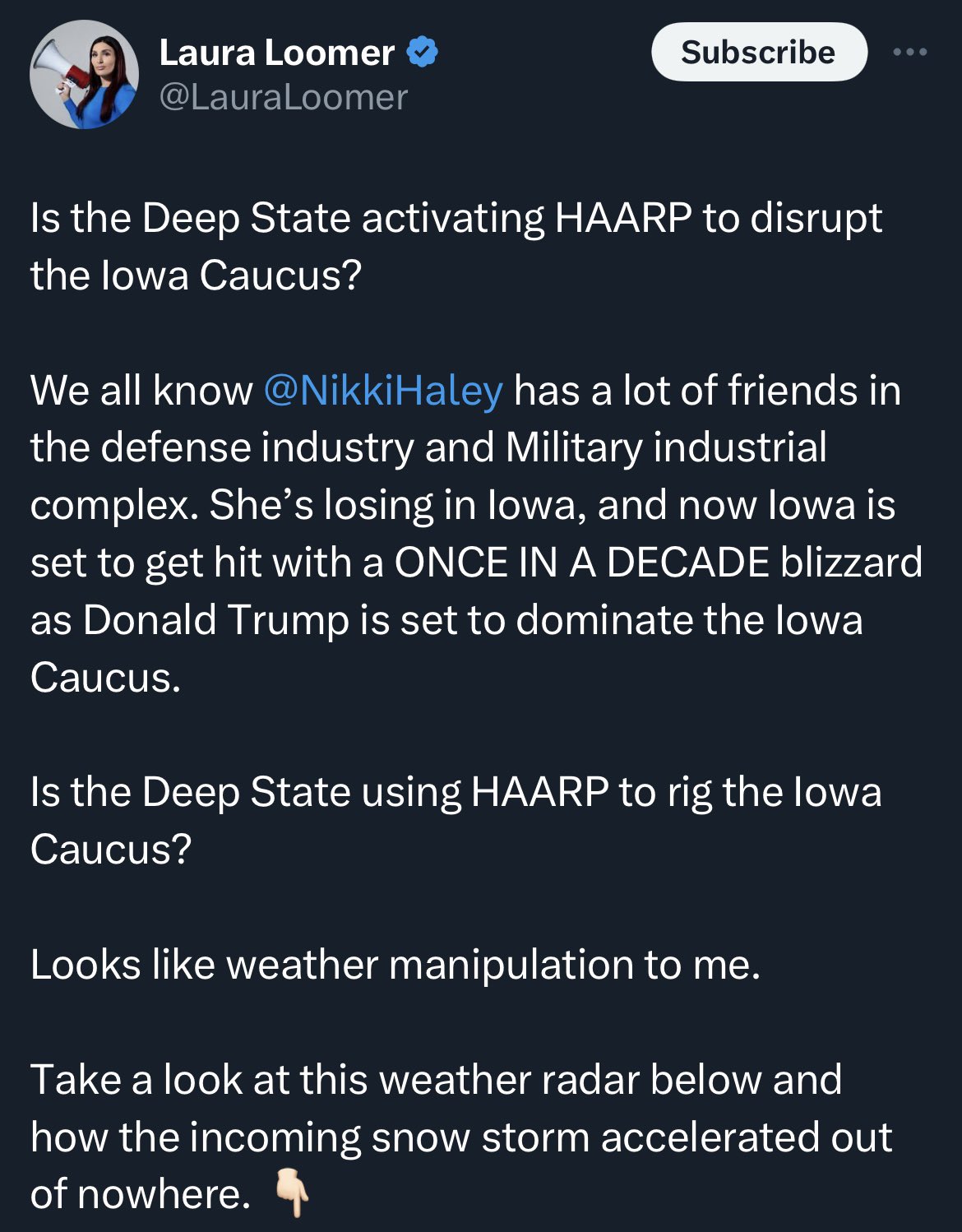Though the Air Pirates case was more consequential (and arguably more egregious), it was Disney's legal response to the 1989 Academy Awards that did the most in the industry to solidify the company's reputation for overly aggressive litigation. As Variety put it, “Because the Academy did something kinda Dopey, Disney sure is Grumpy.”
The story behind the suit is the stuff of Hollywood legends.
Carr's reputation for hosting expensive and lavish parties and creating spectacular production numbers led AMPAS to hire him to produce the 61st Academy Awards on March 29, 1989. Carr made a promise to shift the show from its perceived dry and dull stature to something different, one that would be inspired by Beach Blanket Babylon (created by Steve Silver), the musical revue show featuring Snow White during the Golden Age of Hollywood.[7] Three time Academy Award winner Marvin Hamlisch was brought in as conductor. With the promise of being "the antithesis of tacky," for which the ceremony would have no host, as it would rotate actors and actresses instead generally put in pairs as part of Carr's theme of "couples, companions, costars, and compadres", with the most notable pair being Bob Hope and Lucille Ball (in her final public appearance before her death just a few weeks later). The criticism for the ceremony stemmed mostly from the musical numbers that attempted to cross both Old and New Hollywood together. It began with a booming voice stating that the "star of all time" would arrive soon, which came in the form of Snow White, played by Eileen Bowman (Lorna Luft declined, much to her subsequent relief), who proceeded to try and shake the hands of stars in the audience in the theater (much to the embarrassment of nominated actress Michelle Pfeiffer). Merv Griffin started the show with his 1950 hit “I’ve Got a Lovely Bunch of Coconuts!”, complete with a re-creation of the Cocoanut Grove nightclub that featured a collection of established stars such as Vincent Price, Alice Faye, and Roy Rogers. Bowman returned to the stage afterwards to sing a duet of "Proud Mary" with Rob Lowe, which lasted twelve minutes.[8][9][4] A second production number was done later with "The Stars of Tomorrow" doing a number called "I Wanna Be An Oscar Winner" that featured actors in their teens/mid-20s such as Christian Slater (sword fighting Tyrone Power Jr.), Chad Lowe (shouting "I am a Thespian"), and Patrick Dempsey (tap dancing along the stairwell).[10]
Steve Silver, asked about the opening number while looking at the reviews, stated, "Janet Maslin says it is the worst production number in the history of the Oscars. I guess you can't top that. The publicity for Beach Blanket Babylon ought to be wonderful.” An open letter was released on April 7, featuring 17 figures of Hollywood (such as former Academy president Gregory Peck) [More on that below -- MP] that called the ceremony an embarrassment to the Academy and the industry. Two days later, the Los Angeles Times dedicated its entire letter section (ten in total) to hate mail about the ceremony, titling it “For Some, the Oscar Show Was One Big Carr Crash." The Walt Disney Company sued the Academy shortly after the ceremony for copyright infringement (no one at the Academy had asked for permission from Disney regarding Snow White), which forced the Academy to make a formal apology.[11] Lowe defended his appearance by describing himself as a "good soldier" doing it for the Academy, while Bowman would state later that the show looked like a "gay bar mitzvah", doing so years after the fact after having signed a gag order that had her not talk about the show for thirteen years.[12] Carr's reputation in Hollywood did not fully recover from the blowback the ceremony received, although there were some retaining benefits. The ratings for the show were marginally better than the previous ceremony, as over 42 million viewers in 26 million homes saw the ceremony in the United States.[13] The choice of no host for the ceremony would be replicated for the 2019 ceremony. Carr's decision to change the announcement from "And the winner is..." to "And the Oscar goes to.."[14] has been utilized for each Academy ceremony since. Carr elected to have retailer Fred Hayman get designers to dress the stars for arrival on the red carpet, which became its own segment of focus in later years. Comedian Bruce Vilanch, hired as a writer for the show, would work on the show for the next two decades, which included a promotion to head writer. Carr did not produce another film or television show again.
And check out who signed that letter (from a Variety thirty year anniversary article):
Filmmaker Joseph L. Mankiewicz griped to Variety that the show was “amateur night.” He was one of 17 individuals who wrote a letter to the Academy of Motion Picture Arts & Sciences saying, “The 61st Academy Awards show was an embarrassment to both the Academy and the entire motion picture industry,” and urging AMPAS president Richard Kahn and the board to ensure it didn’t happen again. Among other signatories: Julie Andrews, Stanley Donen, William Friedkin, Sidney Lumet, Paul Newman, Gregory Peck, Billy Wilder and Fred Zinnemann.It's worth noting that the knives were out for Carr even before the show started. He was a flamboyantly gay man in a still closeted era. Worse yet, he had quickly risen to the top of the Hollywood social scene and this is a town that loves a good, tragic fall (they've made A Star Is Born four times). Disnet was just piling on.
If you're up to it, you can see most of the actual number here. Check out the reactions of Gregory Hines and Robert Downey jr. at the end (if you make it that far)














